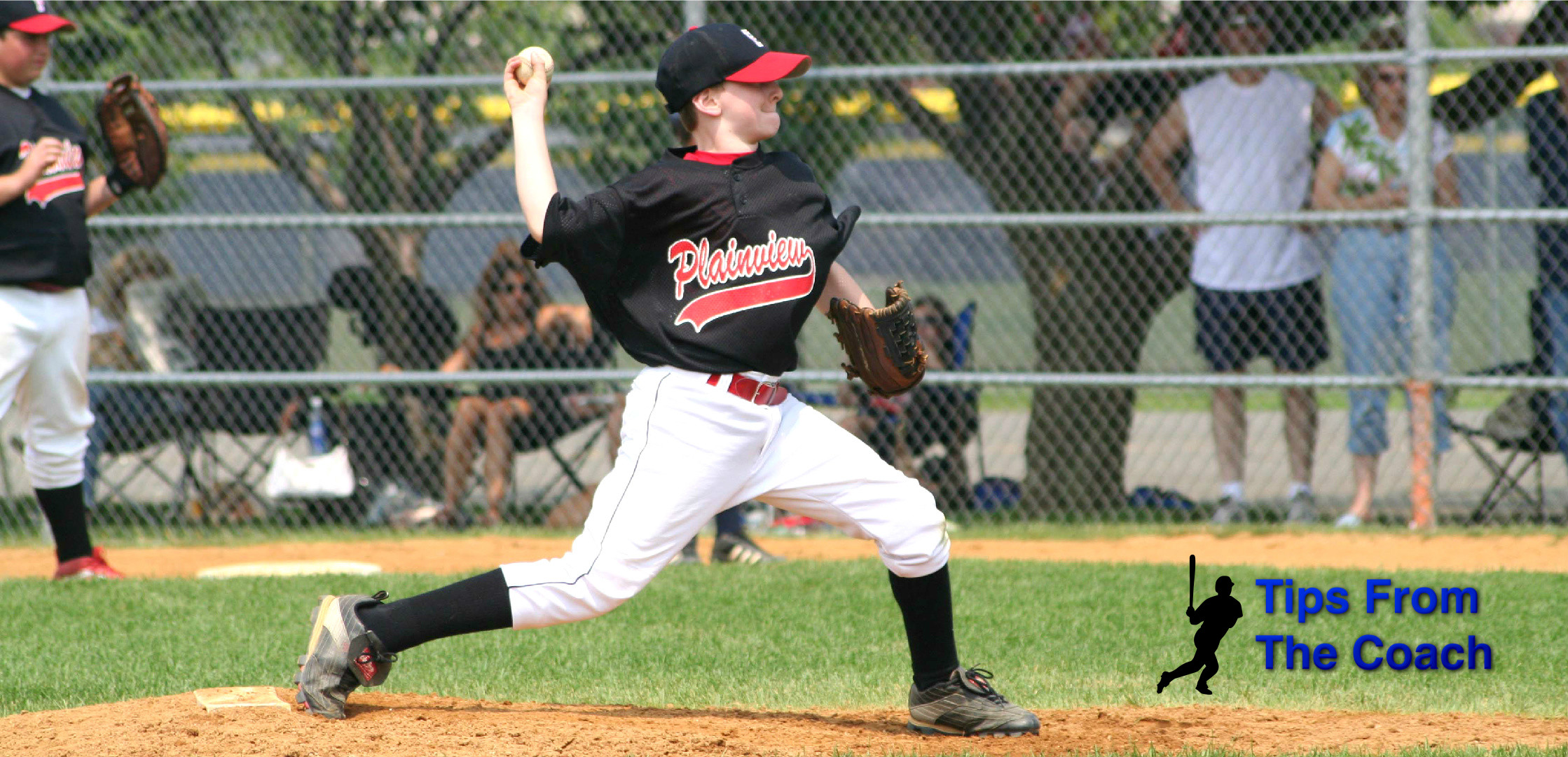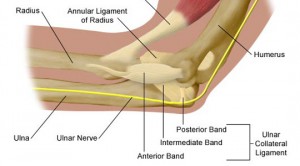During the first month of the Major League baseball season, seventeen MLB pitchers had (or will soon be having) their ulnar collateral ligament in their pitching arm reconstructed surgically. This procedure, commonly as “Tommy John” surgery, named after the first person to have this procedure in 1974. (My friend Brent Strom was the second.)
The 2014 season may well surpass 2012, when at 46 TJ surgeries were reported among Major League pitchers (as reported by mlbreports.com).
Why the huge increase in the number of these injuries? No one knows the all of the reasons, but the most basic answer is that parts of a body (or a machine) break when the workload exceeds the strength and readiness of the (body) part to handle that stress. There are many similarities when comparing a most peoples’ bodies, especially when they are younger. But over time, different genetics, different (offseason, preseason, and in-season) preparation and exercise activity, different nutrition, different rest patterns, different illnesses and injuries, different workloads and just plain randomness makes for different results. Everyone’s body is unique and one of a kind.
You’d think that Major League Baseball teams, profitable businesses all worth hundreds of millions of dollars, would protect their most valuable assets, ones that have the most influence on whether they win or lose. After all, winning games means more fans, more people in seats, more food, drink, souvenirs and parking – overall a more valuable business. These professional pitchers are guided and watched, yet they keep breaking anyway.
MLB coaches and executives say it’s because of overuse at younger ages, lack of a good “lifting” program, poor mechanics, and lots of other reasons that have varying levels of truth to them. But the fact is there is no major league club really understands. There is no major league club that avoids the sting of TJ.
The UCL is small and not designed to create enough force to throw. Ligaments connect bones and stabilize joints. Muscles are larger and direct significant force in a direction – they are far better designed to do that than ligaments. So the more you learn to move in a way that uses your muscles rather than the ligaments to throw, the less likely you’ll rupture your UCL. This is frequently referred to as “mechanics,” but its more accurately should be called the art of movement efficiency.
Here are some principles that may help you avoid the plague of Tommy John surgery for your pitchers.
- Strengthening the surrounding muscles and tissues with exercises helps them take on the workload of throwing. Most exercises should use several groups of muscles at once (as you do in throwing) and involve a rotational movement of your body (again, like throwing). This is integration of muscle groups, just like the sport, and is much more effective than isolation, as many lifting programs are structured.
- Performing movements or exercises that give your joints greater freedom of movement then the energy you create be transferred more efficiently. Unfortunately, most people think stretches help open the joints, but most stretches you see typically just pull on tendons rather than opening your joints. Among several sources, I suggest you look into Z Health and several types of yoga.
- Preparing each athlete with a throwing program is essential. So many pitching coaches feel that rest is the key factor in assuring pitching health. Do you think marathon runners are better able to complete a race if they sit four days in between training runs? Of course not. Pitchers need a throwing program that gives him a build-up of quantity of throws. A well thought out throwing program builds up a pitcher’s ability to throw a significant amount with most efficiency, makes them perform better and stay healthier.
Next time – specifics to help your pitchers avoid TJ and pitch better






No Comments
No comments yet.
RSS feed for comments on this post.
Sorry, the comment form is closed at this time.